Cultural bridges
Late afternoon in the courtyard of Ong Bon Pagoda (Cho Lon Ward), Uncle Nguyen quietly guided visitors from all over to offer incense. He smiled gently: “I don’t know the meaning of the ritual, I only know that Nguyen Tieu has long been a day of great joy, not only for us Chinese people but also for Vietnamese, Cham, Khmer people… Anyone who is willing can come, light incense, watch lanterns, watch lion dances, watch operas”.
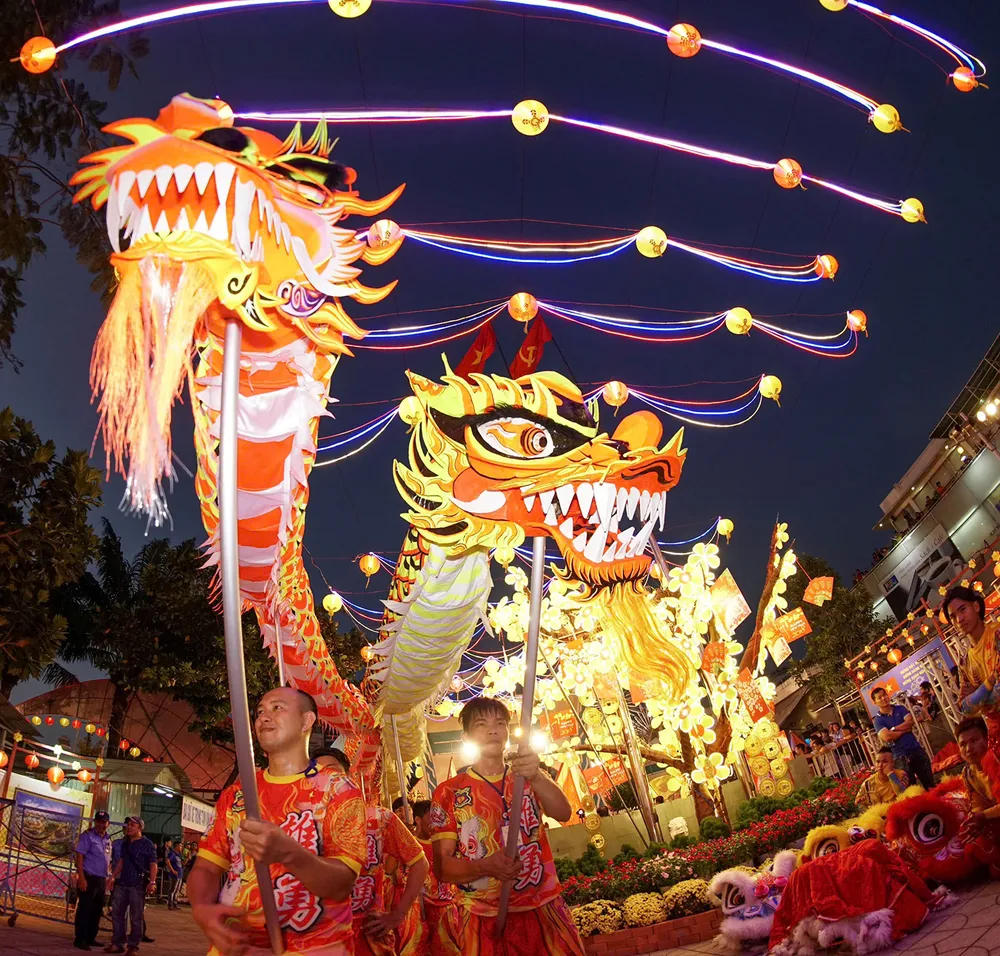
In Uncle Nguyen's memory, the Lantern Festival in Cho Lon is like the "second Tet" of the Chinese, lasting from the full moon of January, bustling with customs, rituals and strictness in ancient order. People come to pray for peace for themselves, health for their children, prosperity for their families. That is also the common wish of all ethnic groups. Therefore, the Lantern Festival has gone beyond the scope of a community, becoming a cultural event of Ho Chi Minh City. In Cho Lon, every full moon of January, the streets are lit up with lanterns, lion and dragon dance troupes follow each other, the sound of drums mingles with the sound of people laughing and talking. That scene not only reminds us of the tradition of our Chinese ancestors, but also connects many generations of residents, regardless of Kinh or Chinese, religion or ethnicity.
According to the Organizing Committee of Major Holidays in Ho Chi Minh City, in recent years, the Lantern Festival has attracted tens of thousands of people and tourists. The street art parade alone has 1,200-1,500 actors and spectators, along with thousands of people standing along both sides of the street cheering. Religious rituals, calligraphy performances, lantern exhibitions, opera, music... have both revived ancient customs and turned into unique cultural products of the young, dynamic city.
The Chinese call Nguyen Tieu “the second Tet”, as a way to close the spring, but in Ho Chi Minh City, Nguyen Tieu is also a day of reunion, sharing and integration. Each red lantern lights up not only the alleys of Cho Lon but also the solidarity of a colorful city. Not only Nguyen Tieu, Ho Chi Minh City also has its own identity from festivals and customs typical of many communities. For the Khmer people in the city, every Chol Chnam Thmay occasion, the pagodas are bustling, the sound of drums and music fills the whole neighborhood. The Cham people in Phu Nhuan still preserve the Kate ritual, the sound of Paranung and Saranai drums echo in the modern space, reminding them of their roots. The Kinh people join together in the Nghinh Ong Festival in Can Gio, where fishermen pray for favorable weather, which is also an opportunity to meet and share after a year at sea. Each festival and each custom has its own nuances, but all share the same meaning, nurturing identity and uniting the community.
Religious festival, solidarity song
The bells of Binh Thai parish church rang out long on Sunday morning. A stream of people walked through the gate, another holiday began; the parish atmosphere was more bustling with the excitement of the last months of the year. Christmas was still nearly 2 months away, but in some coffee shops around the church, pine trees were already set up, sparkling with red balls as if announcing the arrival of the holiday season.
Every Sunday morning, Ms. Nguyen Thi Lien (born in 1984) takes her son to church early. She chooses the middle row, occasionally turning to tell her son: "Read slowly, follow the priest." In a small notebook with a list of things to do, including paying rent, buying notebooks for her children, and distributing charity rice, she adds a line: Register for Christmas logistics. "I came to Ho Chi Minh City from my hometown in the Central region for decades. Every year-end, I feel excited, remembering the scene of the whole family decorating for Christmas," Ms. Lien said. Her family's habit has become a habit: at the end of November, the whole family starts decorating. Pine trees, balls, and tinsel are reused; her husband makes a big star with lights; the children write cards and hang decorations. Every year, the small room is lit up by lights and laughter..., bringing a Christmas full of atmosphere, warmth and peace.
In Ho Chi Minh City, Christmas goes beyond the framework of a religious ceremony. Every year on the night of December 24, sparkling lights cover the central streets, tens of thousands of people and tourists take to the streets, immersing themselves in the festive atmosphere. City leaders also regularly visit and congratulate Catholic and Protestant organizations, sending messages of peace and solidarity. A festive season, thanks to that, has become a symbol of love and sharing spreading from parishes, families to the entire city community.
That spirit does not end when Christmas passes, but continues throughout the year through many other religious and belief activities. In the fourth lunar month, Buddhists everywhere go to pagodas to celebrate Buddha's birthday, respectfully bathe the Buddha, burn incense to pray for peace, and at the same time express compassion through vegetarian meals, medical examinations or meaningful gifts. In the month of Ramadan, the Cham Muslim community fasts all day long, and when the sun sets, they gather around a simple but warm Iftar meal, both extending the age-old ritual and strengthening solidarity within the community. It is this richness that has created a modern and humane Ho Chi Minh City, where religious beliefs not only support spiritual life but also contribute to fostering great national unity.
Unique festivals and customs of ethnic and religious people in Ho Chi Minh City
- Cho Lon Lantern Festival (full moon of the first lunar month): colorful lantern street, lion and dragon parade, gathering of Chinese - Vietnamese - Cham - Khmer communities.
- Buddha's Birthday (April of the lunar calendar): thousands of Buddhists come to the temple to attend the ceremony, bathe the Buddha, carry a flower car, organize vegetarian meals, examine patients, give gifts, and spread the spirit of compassion.
- Christmas (December 25): sparkling throughout the streets, transcending religious rituals, becoming a season of reunion and sharing for the whole community.
- Ramadan of Cham Muslims: a month of fasting and purity, Iftar meals strengthen family ties, preserving age-old rituals in the heart of a modern city.
- Khmer Chol Chnam Thmay (April): bustling temples, dancing, Buddha bathing ceremony, reflecting Khmer identity right in the city center.
- Whale Festival in Can Gio (8th lunar month): fishermen pray for favorable weather and wind, pay tribute to whales, the biggest sea festival in the South.
- Cao Dai Peace and Peace Ceremony: held periodically at the Tay Ninh Holy See and holy temples in Ho Chi Minh City, sending a message of harmony and charity.
Source: https://www.sggp.org.vn/ton-giao-dan-toc-dong-hanh-voi-tphcm-bai-3-giu-hon-dan-toc-lan-toa-van-hoa-post821731.html



![[Photo] Ca Mau "struggling" to cope with the highest tide of the year, forecast to exceed alert level 3](https://vphoto.vietnam.vn/thumb/1200x675/vietnam/resource/IMAGE/2025/11/04/1762235371445_ndo_br_trieu-cuong-2-6486-jpg.webp)

![[Photo] Ho Chi Minh City Youth Take Action for a Cleaner Environment](https://vphoto.vietnam.vn/thumb/1200x675/vietnam/resource/IMAGE/2025/11/04/1762233574890_550816358-1108586934787014-6430522970717297480-n-1-jpg.webp)
![[Photo] The road connecting Dong Nai with Ho Chi Minh City is still unfinished after 5 years of construction.](https://vphoto.vietnam.vn/thumb/1200x675/vietnam/resource/IMAGE/2025/11/04/1762241675985_ndo_br_dji-20251104104418-0635-d-resize-1295-jpg.webp)
![[Photo] Panorama of the Patriotic Emulation Congress of Nhan Dan Newspaper for the period 2025-2030](https://vphoto.vietnam.vn/thumb/1200x675/vietnam/resource/IMAGE/2025/11/04/1762252775462_ndo_br_dhthiduayeuncbaond-6125-jpg.webp)
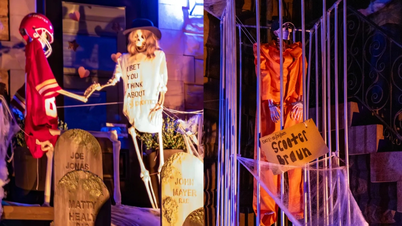


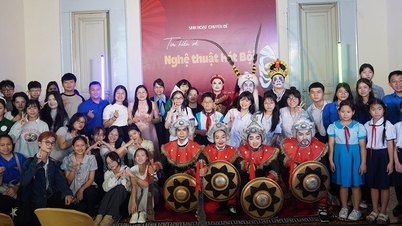




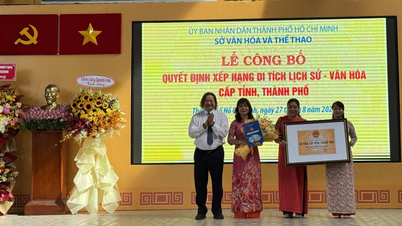



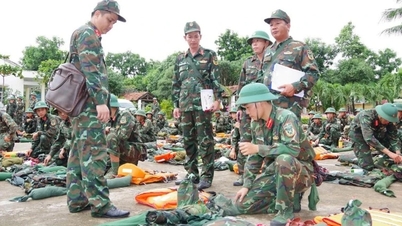

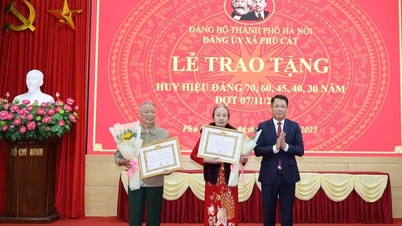







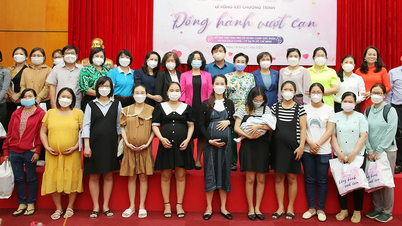


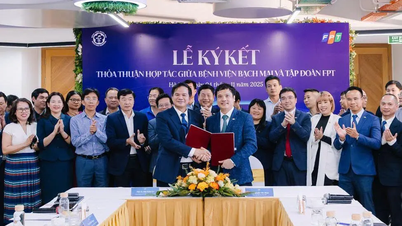
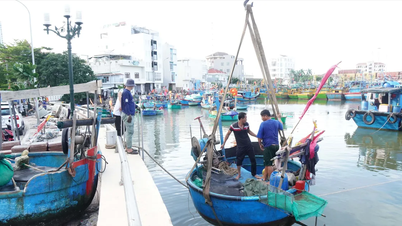




































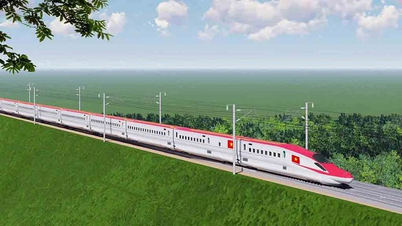
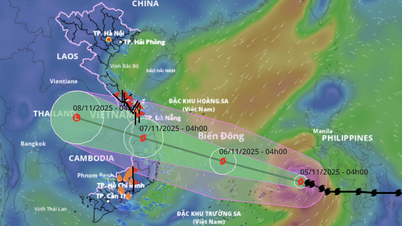
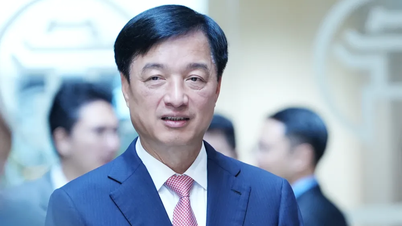


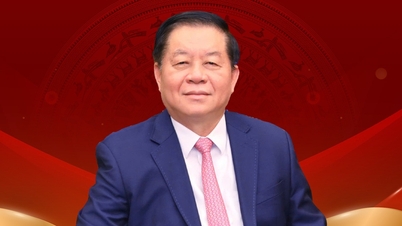
















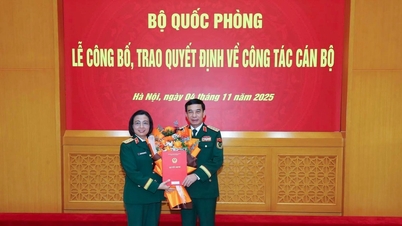















Comment (0)